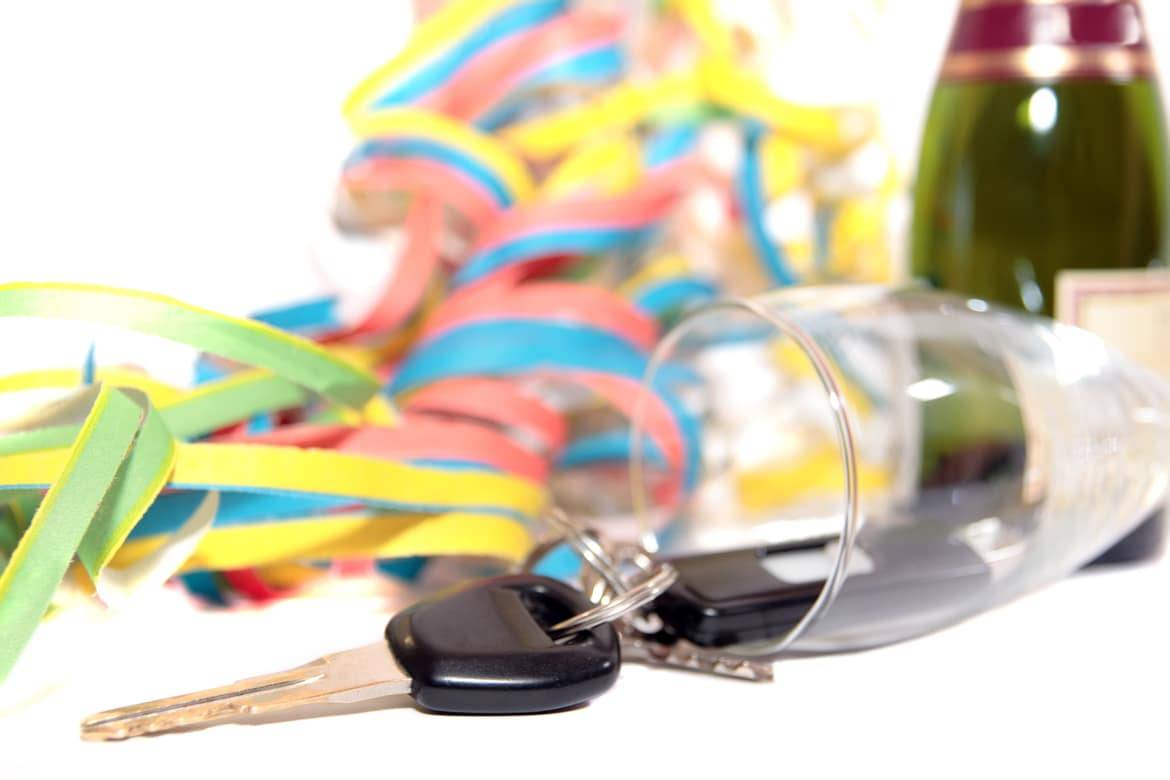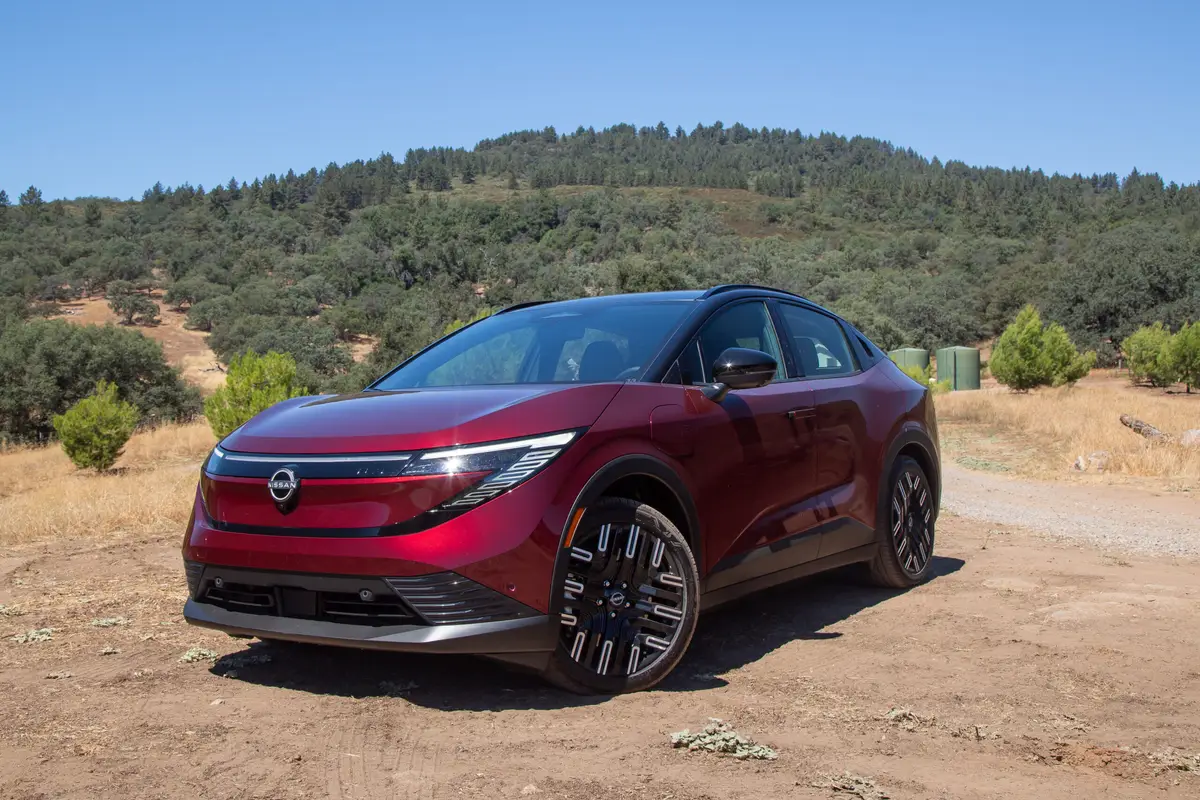New Year's Revelers: Driving Safely Means Staying Sober


CARS.COM — New Year’s revelry is supposed to be about new beginnings, but for dozens of motorists each year, it ends up being quite the opposite. New Year’s Eve is one of the deadliest nights on U.S. roadways, and the reason should come as no shock: drinking and driving. But this year, the alcohol-fueled holiday comes just as traffic deaths in general — and drunken-driving deaths in particular — are spiking.
Related: DUI Fatalities Continue Decades-Long Slide
In 2015, 31 people were killed in DUI crashes each day on average between Dec. 31 and Jan. 5, according to Bankrate.com. That followed the Christmas counting period, in which an average of 34 DUI fatalities occurred between Dec. 24 and Dec. 28. Between Christmas and New Year’s last year, 259 people lost their lives in drunken-driving incidents. In the entire month of December 2015, 840 people were killed as a result of drinking and driving, according to the National Highway Traffic Safety Administration.
The daily average of 28 DUI fatalities a day for 2016 already matches that of 2015 and is poised to surpass it. The 10,265 drunken-driving deaths last year — 300 more than the year before — accounted for nearly a third of the total of all crashes. In roughly two-thirds of those incidents the drivers involved had a blood alcohol content of nearly twice the legal limit of 0.08, Bankrate stated.
“Too many people take to the roadways after consuming alcohol because they think they are ‘OK to drive,’ ” NHTSA said in a statement. “During the holiday season, festive parties and celebrations with alcohol contribute to the number of impaired drivers on our roadways.”
Even one alcoholic drink can impair a driver’s judgment and reaction times, making it unsafe for them to be behind the wheel, NHTSA stated. And that’s just the message NHTSA’s “Buzzed Driving Is Drunk Driving” campaign tries to drive home.
The campaign offers these tips to help New Year’s revelers avoid a DUI:
- If you plan on drinking, plan on not driving, and instead designate a sober driver before the partying begins.
- If you have been drinking, do not drive even a short distance. Call a taxi — many cities have sober-ride programs available -— or a sober friend or relative, or take public transportation.
- Look out for others. If you see someone about to drive while impaired, take their keys and help them arrange a safe ride home.
- Call the police from a safe location if you see a driver on the road who appears to be intoxicated.
If you need extra incentive beyond the safety of yourself and others on the road, keep in mind that NHTSA’s “Drive Sober or Get Pulled Over” campaign is in full effect through Jan. 1, and includes partnering with law-enforcement offices across the country for targeted DUI enforcement.
Beyond the perils of alcohol-related accidents, the National Safety Council reminds motorists that with heightened highway travel comes an increased opportunity for crashes in general. The NSC estimates that 364 motorists will die during the three-day New Year’s holiday this year and nearly 42,000 will be injured. Traffic deaths already are estimated to be up 10 percent for the first few months of 2016 compared with the same period the year before.
The NSC offered these tips for a safer end to the holiday travel season:
- Wear a seatbelt on every trip as 160 lives will be lost because people aren’t buckled up.
- Ensure children are properly secured in car seats that are appropriate for their height, age and weight.
- Get plenty of sleep and take regular breaks on longer trips to avoid fatigue.
- Never use a smartphone behind the wheel — even hands-free.
For those who are traveling for the holiday, AAA recommends checking windshield wipers and tires to ensure they’re in working order before leaving; packing an emergency kit containing a snow shovel, flashlight, ice scraper, jumper cables, road flares or reflective triangles, and extra warm clothing for vehicle occupants; and driving at safe speeds, avoiding tailgating and following other cars at a distance that allows a minimum of 5 to 6 seconds to slow down in the event of a sudden stop.

Former Assistant Managing Editor-News Matt Schmitz is a veteran Chicago journalist indulging his curiosity for all things auto while helping to inform car shoppers.
Featured stories

Should Tesla Model Y Owners Get the New 2026?


2026 Nissan Leaf Review: Value Victory


